How to Manage Analytics in a Roll-Up
How to Manage Analytics in a Roll-Up
Roll-ups, in which an investor buys up multiple businesses in the same industry and combines them into a single larger entity, are a common strategy in private equity. They offer a number of benefits for investors and sellers alike, including economies of scale, increased exposure, and access to more capital.
But the strategy isn’t without risk. Combining multiple businesses that often differ widely in terms of culture, geography, and customer bases requires effort, foresight, and—often as not—deep pockets.
Information management, in particular, can prove costly and time-consuming. PE firms not only need to access information from each acquired company, they also need to be able to reconcile that information so that it is presented consistently across the consolidated enterprise.
Most of the time, investors turn to enterprise resource planning (ERP) implementation, often switching all of their acquired companies to the same version of NetSuite or Salesforce. While effective, this route can take 6–18 months and cost hundreds of thousands of dollars per acquisition. For companies being acquired, it means significant time and effort implementing and learning a new system.
An alternative approach to migrating ERP systems that many managing and operating partners don’t consider is to instead integrate systems on the back end. This approach allows them to monitor KPIs at both the individual acquisition level and the enterprise level, all in much less time and at a fraction of the cost of ERP implementation. Managing and operating partners end up saving themselves and their acquisitions time, money, and frustration by integrating systems on the backend.
Integrating Existing Systems of Record
Rather than creating a single ERP implementation that all stakeholders must conform to, a skilled analytics advisor like NuView works with managing and operating partners to create a templatized version of reporting for each acquired company to integrate into. We create the technical infrastructure that connects to each of the systems of record for each of the companies. This infrastructure is then mapped into a data warehouse so that the same report is populated with information from each company and integrated into the same template.
Approaching integrations this way allows standardized operational reporting and enables both investors and acquired companies to access real-time insights without disrupting business operations.
The Benefits of Aggregated Reporting
1. Less downtime = faster insights - Backend data integration is much faster than a standard ERP implementation. That means investors can begin analyzing performance to see what is working and applying insights across all their acquisitions immediately.
2. Smoother transition - A drawback to being acquired is that employees usually have to redirect time and effort to learning new processes. But with aggregated reporting, team members can continue working on their current system, allowing them to focus on growing the businesses.
3. Constructive collaboration - By having access to data from across the enterprise, acquired companies can learn from one another and see how their metrics are contributing to the holding company’s overall goals.
4. A foundation for the future - Finally, by setting up this process and mapping their companies in the data warehouse, enterprise companies are better positioned for an easier, more streamlined ERP implementation, should they decide to move to a single system in the future.
Case Study: From 18 Months to 10 Days
As an example, NuView Analytics worked with a private equity company that had acquired ten HVAC companies and was on its way to acquiring many more as part of a roll-up strategy. To integrate a single ERP system across all ten companies would have taken 18 months and cost more than $1 million; of course, the cost in time and money was only going to increase as they acquired more companies.
We set up a process that allows them to onboard a new acquisition in just ten days and at a fraction of the price. The investors were able to benefit from the savings and the quick turnaround time. They also made themselves more appealing to potential acquisitions, who no longer had to face a daunting ERP implementation process.
A Crucial Advantage
In a private equity roll-up, integrating data on the backend is the fastest and most cost-effective way to aggregate data across multiple companies, helping maximize the PE firm’s ROI and reducing the burden on the acquired companies. At NuView, we work with managing and operating partners to create customized reporting standards and build the technical infrastructure that allows efficient, effective access to all the data they need to succeed. With access to precise and readily available information, both investors and acquired companies are able to make better decisions, more quickly, giving them a crucial competitive advantage.

